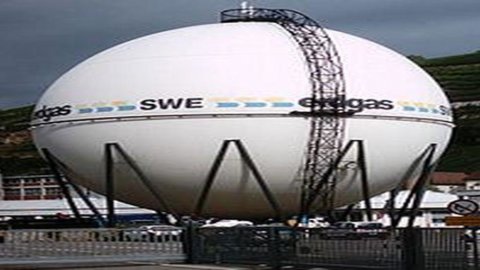Natural gas in the USA dropped below the two dollar per mmBTU (one million British Thermal Unit) threshold for the first time in nearly a decade, reaching a price equal to almost a quarter of the European one.
The benefits of these low prices are easily understood and predictions of a "rebirth" of American industry are spreading. For example PWC estimates a potential cost savings for the manufacturing industry of $11.6 billion annually and records how seventeen companies in filings filed with the SEC cited shale gas as a factor driving demand for their products compared to none in 2008.
Obviously the differential between the price of gas in the United States and in Europe, gives hope that some of the American Shale gas can start flowing to the old continent, favoring a lowering of prices. A forecast that is supported by the approval (April 16, 2012) by the Federal Energy Regulatory Commission of the construction and management of a natural gas liquefaction plant in Sabine Pass. This is the first time the commission authorizes a project for the export of natural gas deriving from American resources. According to FORM 8-K filed by Cheniere, the company that owns the majority stake in the Sabine pass plant, to estimate the cost of American gas delivered to Europe, it is necessary to add approximately $4/mmbtu to the gas price at the Henry Hub.
While four other projects are candidates for similar authorizations (Freeport, Texas; Corpus Christi, Texas; Coos Bay, Oregon and Lake Charles, Louisiana), it is too early to say that American gas will start flowing to Europe. Indeed, the high prices recorded in Asia could push exporters towards these markets, in particular the plants located on the West coast of the States. The diversification of the geographical origin of the companies (BG Group, Gas Natural Fenosa, Gail – India) that signed the first contracts for the use of the liquefaction capacity of Sabine Pass supports the hypothesis that it will not be too easy to guarantee the arrival of American gas in the old continent, provided that the necessary export licenses are granted. In fact, some Senators in the United States have sent an open letter to the US Energy Secretary suggesting to proceed with prudence in granting licenses for the export of natural gas, highlighting a series of potential negative impacts, including a possible rise in the price of energy and the environmental impact of increasing the cost of gas which is often seen as a fuel "bridge" from coal to renewables.





